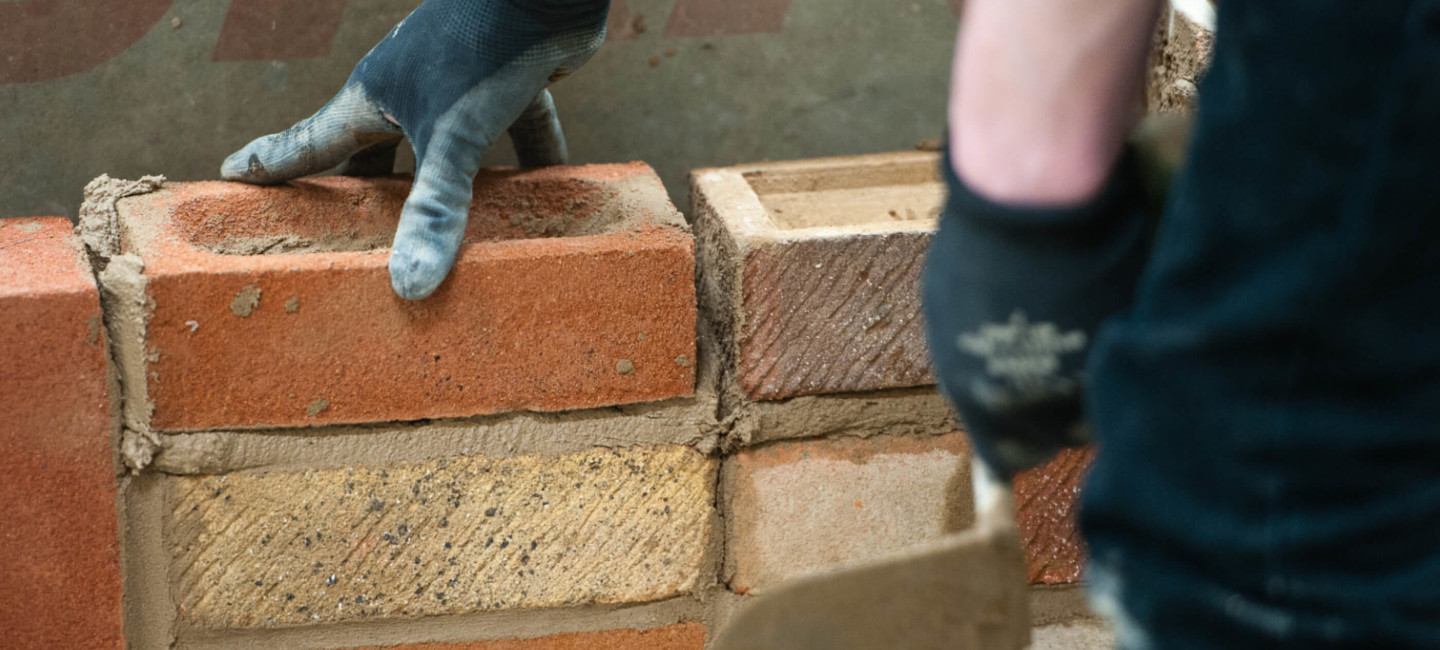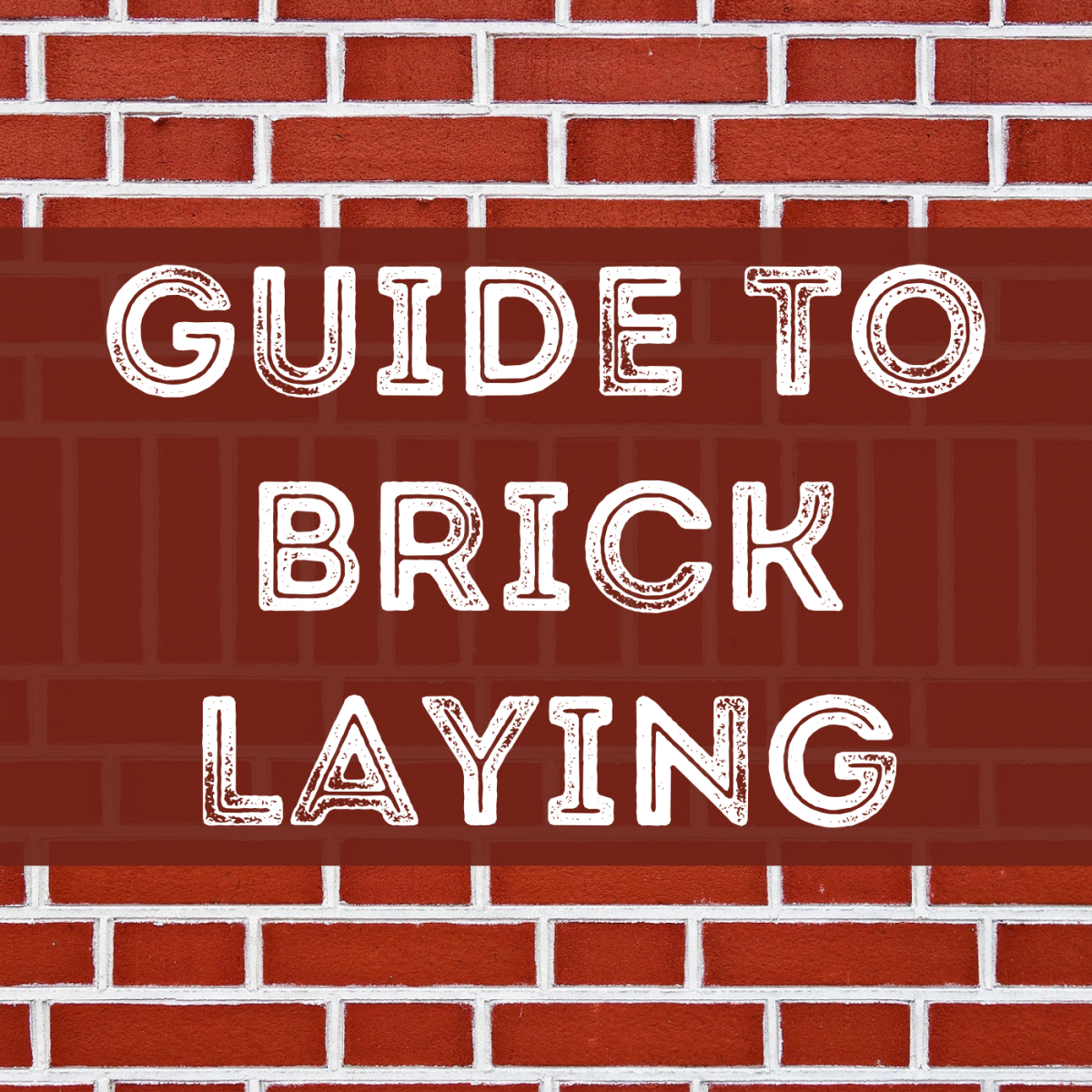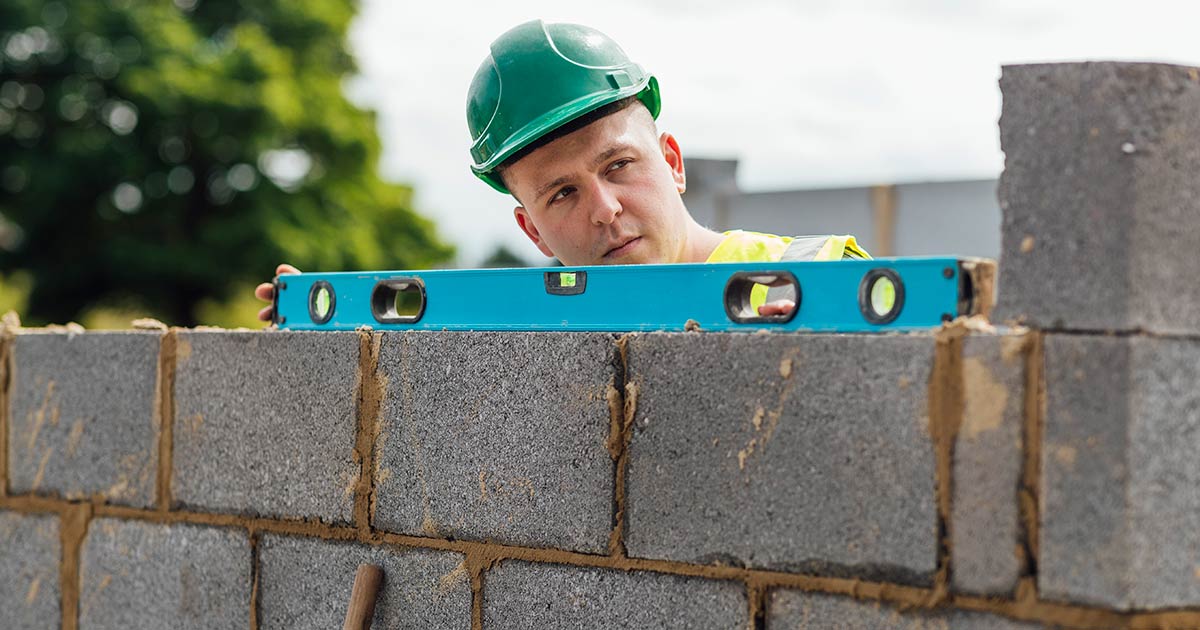Unknown Facts About Bricklayer Auckland
Wiki Article
See This Report about Bricklayer Auckland
Table of ContentsOur Bricklayer Auckland DiariesAll About Bricklayer Auckland5 Simple Techniques For Bricklayer AucklandThe Basic Principles Of Bricklayer Auckland Getting My Bricklayer Auckland To WorkSome Known Details About Bricklayer Auckland
The scaffolding needed must be intended prior to the job starts. It has to be integrated in such away regarding create the least interference with other crew participants. Bricks should constantly be stacked on planks; never stack them straight on unequal or soft ground. Do not store bricks on scaffolds or runways.Other than where piled in sheds, brick piles should never be more than 7 feet high. When a heap of brick reaches an elevation of 4 feet, it should be tapered back 1 inch in every foot of elevation above the 4-foot level. The tops of block piles have to be kept degree, as well as the taper should be kept throughout unpiling operations.
Architectural bond refers to exactly how the private stonework devices interlock or tie together into a single architectural system. You can attain structural bonding of brick as well as ceramic tile walls in among the following 3 means: Overlapping (interlocking) the masonry devices. Embedding steel ties in linking joints. Using cement to stick adjacent wythes of stonework.
The Ultimate Guide To Bricklayer Auckland
Pattern bond refers to the pattern created by the stonework systems and also mortar joints on the face of a wall (Bricklayer Auckland). The pattern might result from the structural bond, or it might be totally decorative and unrelated to the structural bond. Figure 4-4 reveals the six standard pattern bonds alike use today.The running bond is the easiest of the 6 patterns, including all cots. Because the bond has no headers, metal connections generally develop the architectural bond. The running bond is utilized largely in cavity wall building, brick veneer wall surfaces, as well as facing ceramic tile wall surfaces made with extra wide stretcher ceramic tile.
Great blocks need to not disintegrate when put in water. Just when fat lime or clay mortar is made use of or when one is required to make use of blocks that are not well burnt, this soaking policy has actually to be kicked back.
Bricklayer Auckland - Truths
In all instances, bricks need to not be managed in baskets or in any various other mode which will certainly ruin the intensity of their sides. A layer of mortar is spread out to cover the full size of the wall for an appropriate size of the lower course.
Ultimately, we push the side protruding mortar in strongly to be degree with the face of the wall surface if it is to be left unplastered. In the usual technique embraced by several masons, a row of bricks is first put on a thin layer of bed mortar leaving the cross joints vacant.


The wall surfaces are raised genuinely plumb. All training courses are laid truly straight as well as all upright joints really vertical.
The Ultimate Guide To Bricklayer Auckland
For this function, a wooden straight edge with graduation giving a density of each brick program including joint can be used for advice. For a thick wall surface, the above operation is repeated together with both faces of the wall and also the indoor loading blocks for the thick wall are laid in a comparable fashion.
This procedure of filling open joints is described flushing-up. It is wrongly omitted for several programs on some badly-executed tasks and also only done later on (not after every program) in an ineffective fashion. It is not an excellent technique and also should be avoided as it is necessary that every training course should be purged up to the degree if great is needed.

Facts About Bricklayer Auckland Uncovered
The mortar increasing and also filling up the vertical joints totally and also forms an exceedingly strong and solid wall surface. This is known as larrying. For a rat catch bond work (as in the construction of tooth cavity walls), if the mortar is placed carelessly on the brick, several of it will certainly come under the tooth cavities and also will be wasted.The face of the brickwork shall additionally be cleaned up of all mortar droppings, and so on(ii) When conditions render it required to lug on a portion of a building in unequal programs, the job shall be constructed back (according to the bond utilized on the work) at an angle not steeper than 45 levels so as to make sure an attire and also effective bonding.
Otherwise, for faces to be smudged, finishing of the face joints need to be accomplished as discussed in below (This is very essential.)(iv) The walls should be uniformly raised throughout not leaving any type of part one metre (three feet) lower than the various other - Bricklayer Auckland. A day's work ought to not be greater than 1.
About Bricklayer Auckland
When the facework is to be later Get More Info plastered or the joints alone are to Recommended Site be sharp, the joints have to be raked while the wall surface is being built. Bricklayer Auckland. It ought to be raked to a minimum depth of 12 mm by a raking tool click to investigate during the development of the work itself, when the mortar is still eco-friendly.
If smudging or pointing is not envisaged, the joints must be struck flush and also ended up at the time of laying itself, as currently specified. Half-brick walls tend to break unless care is absorbed its building and construction. Brickwork in half-brick masonry is to be accomplished with cots in 1: 5 mortar.
Report this wiki page